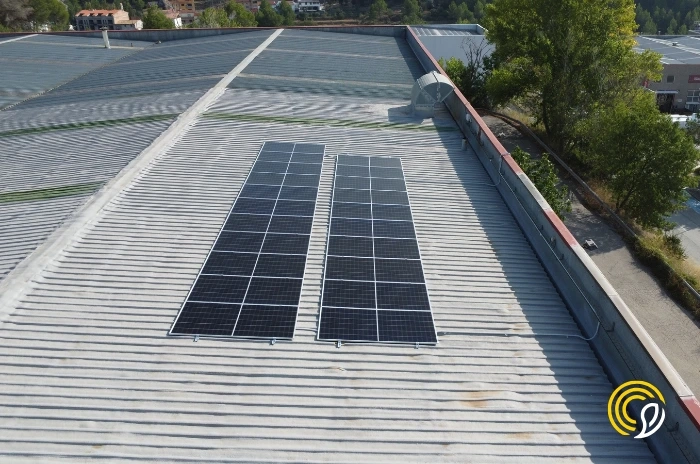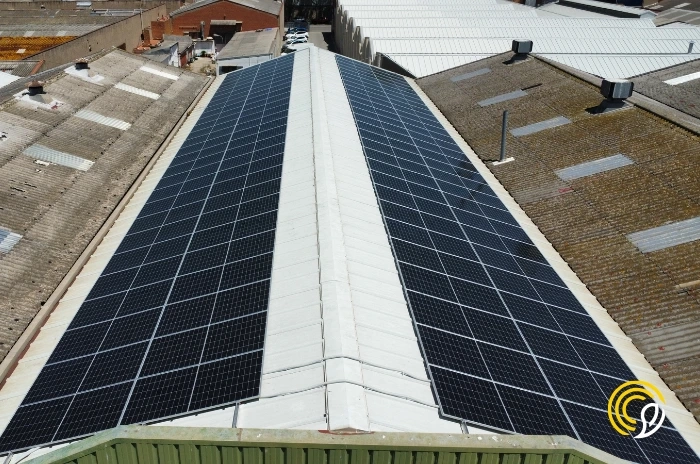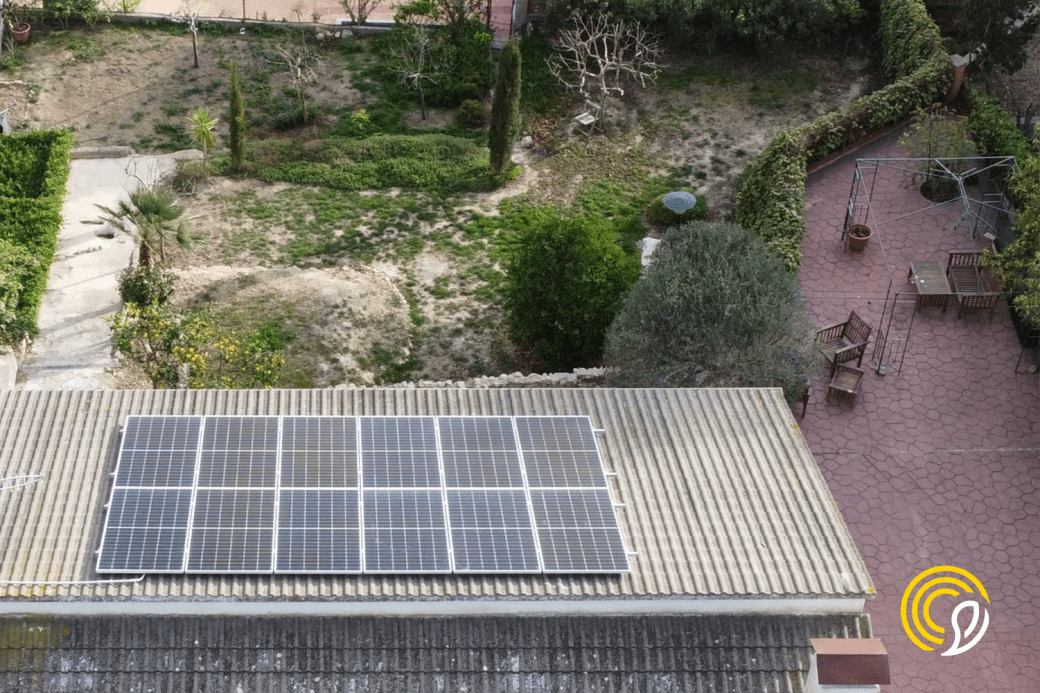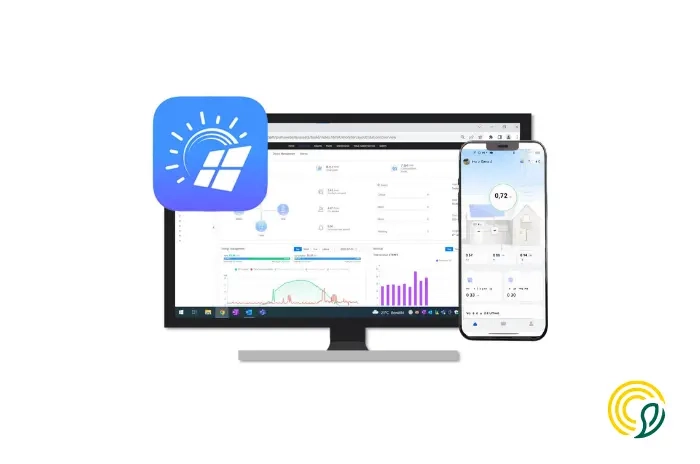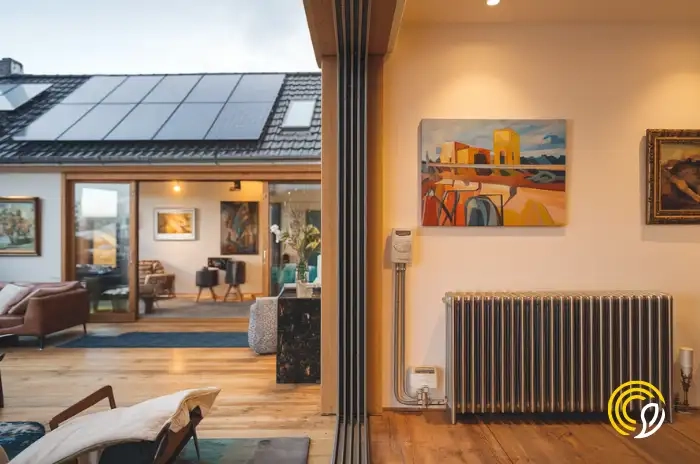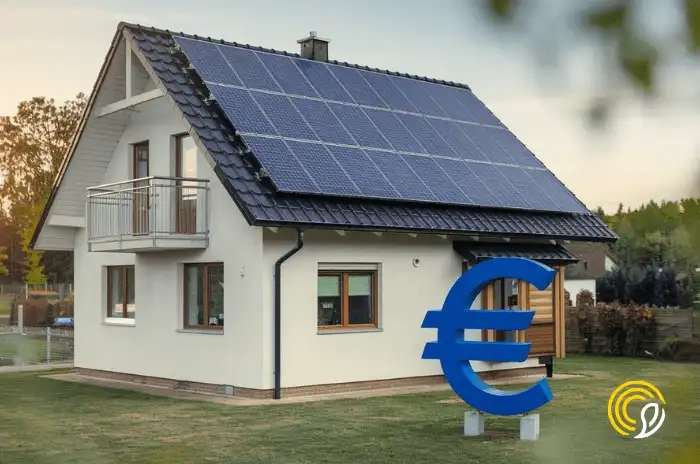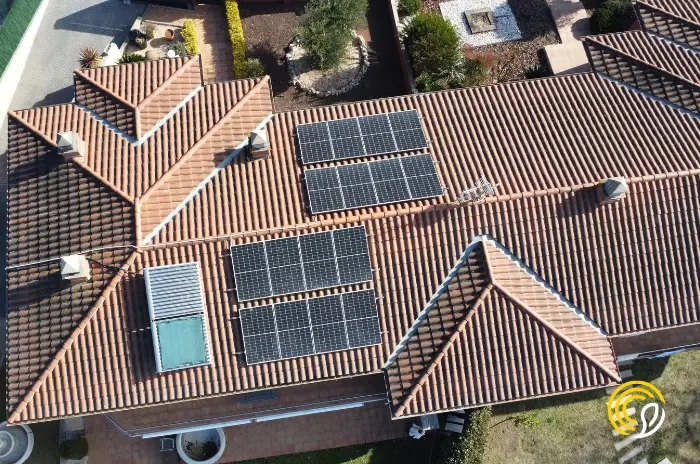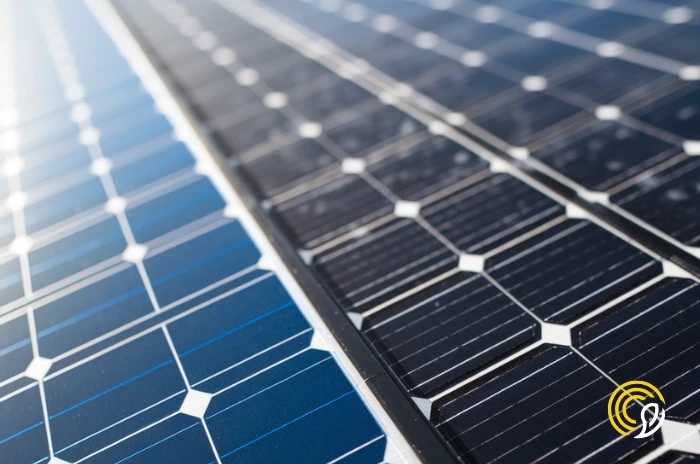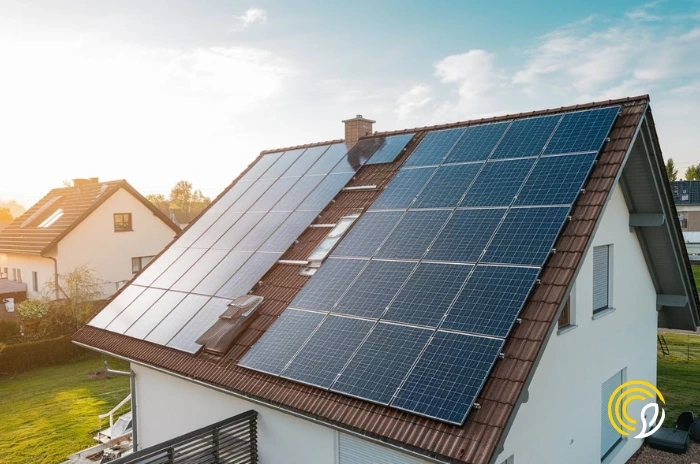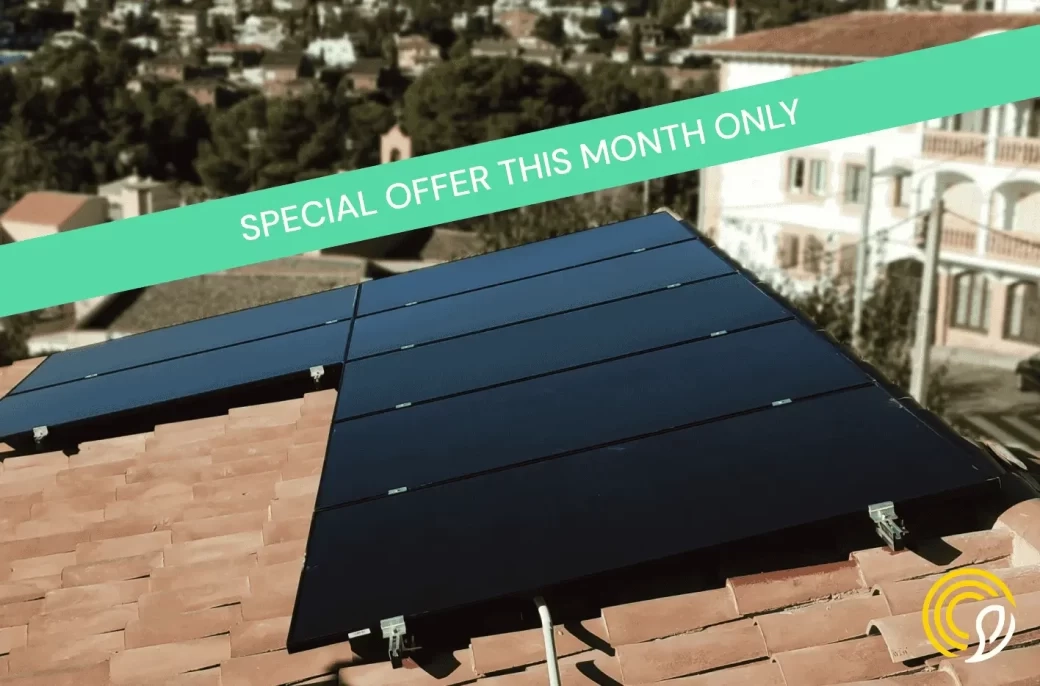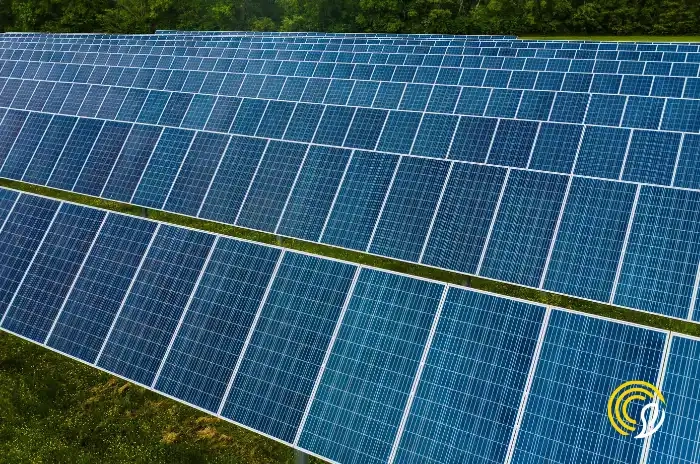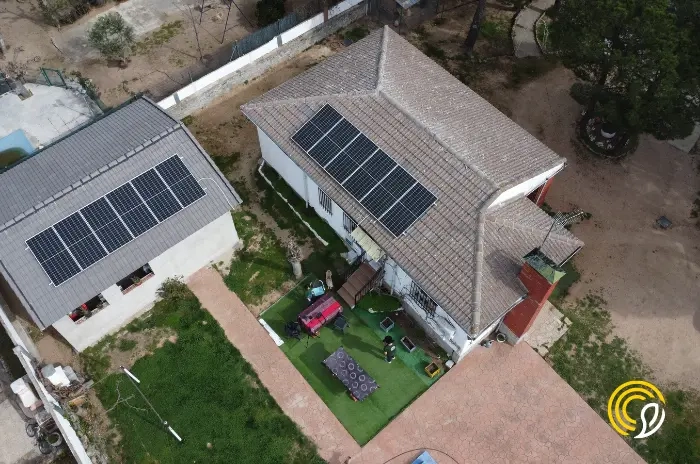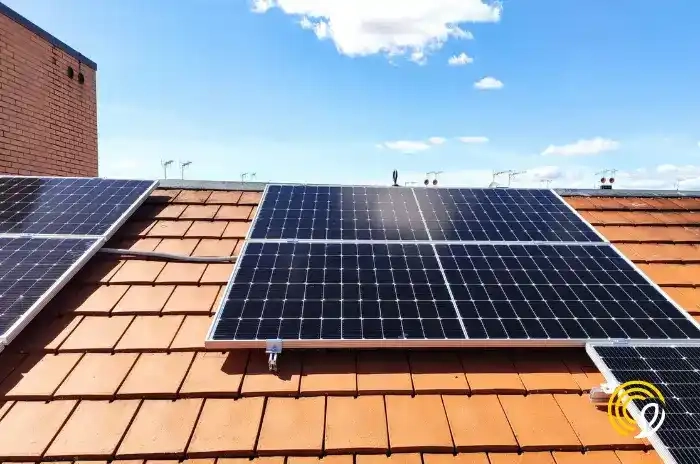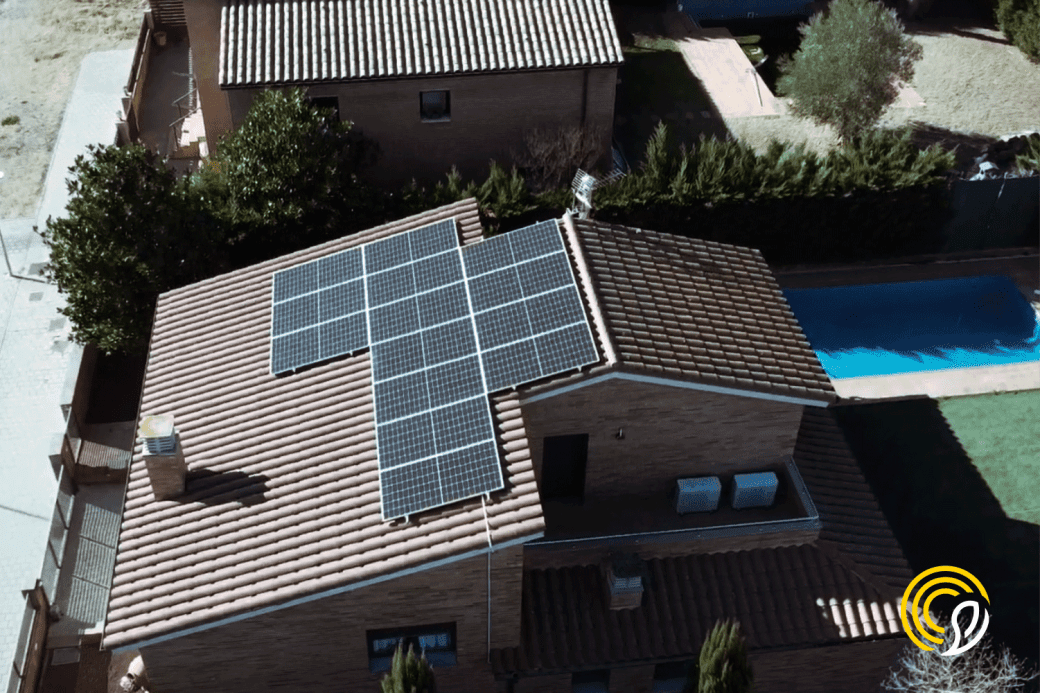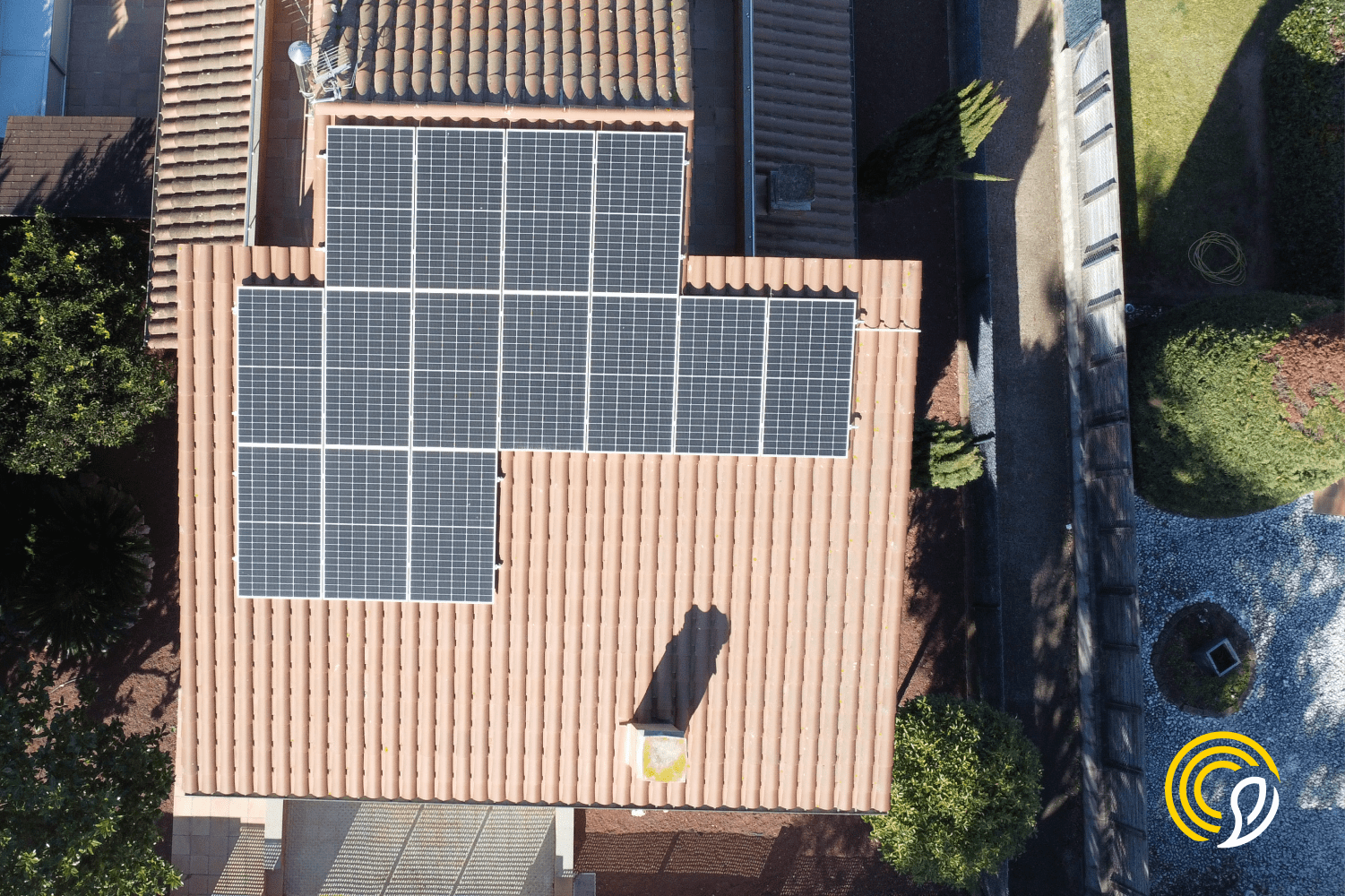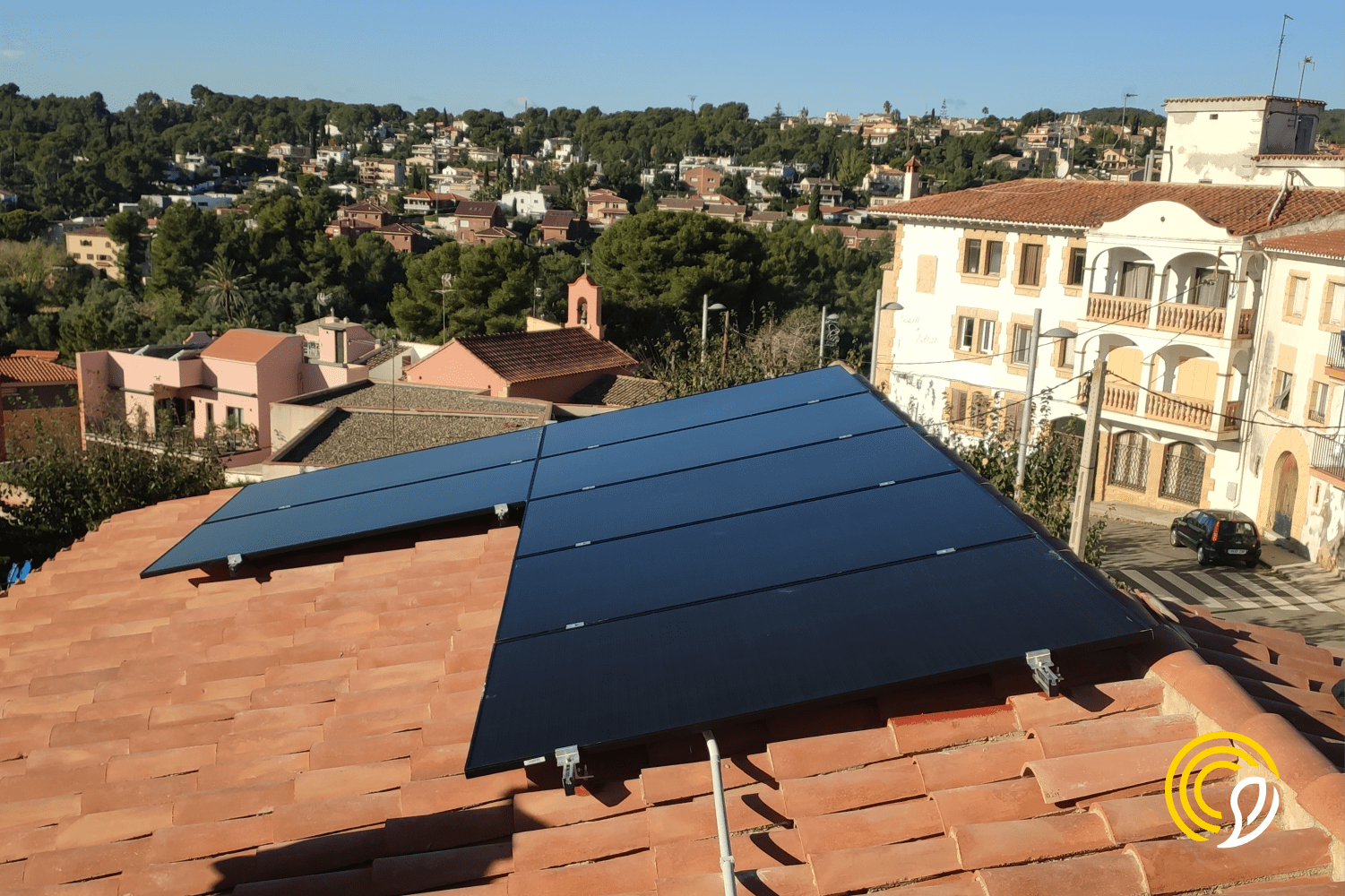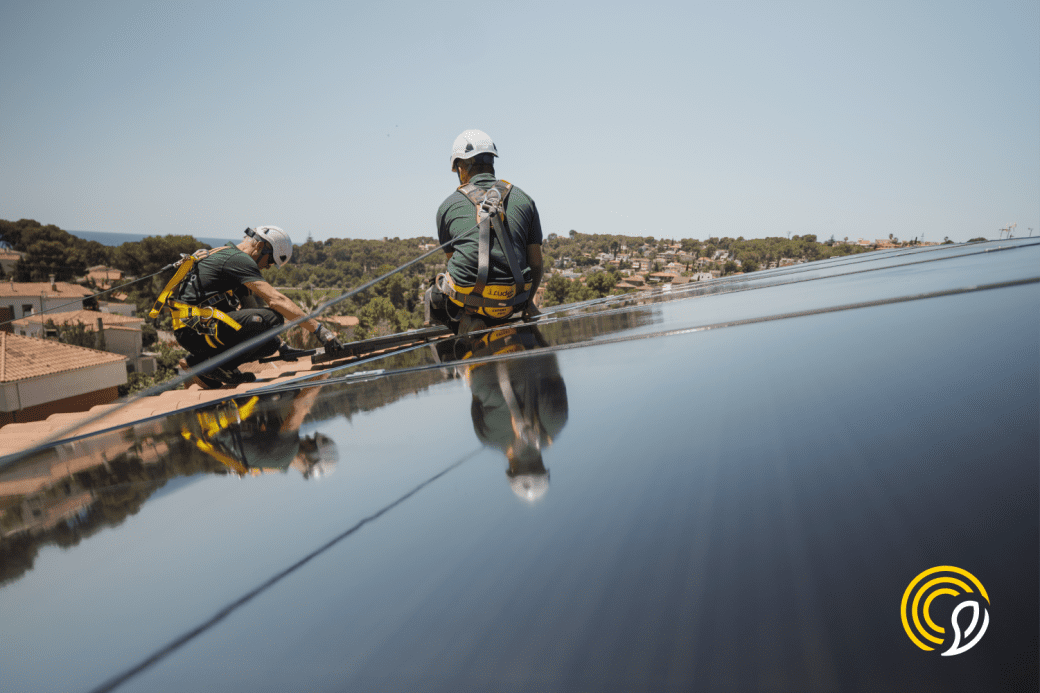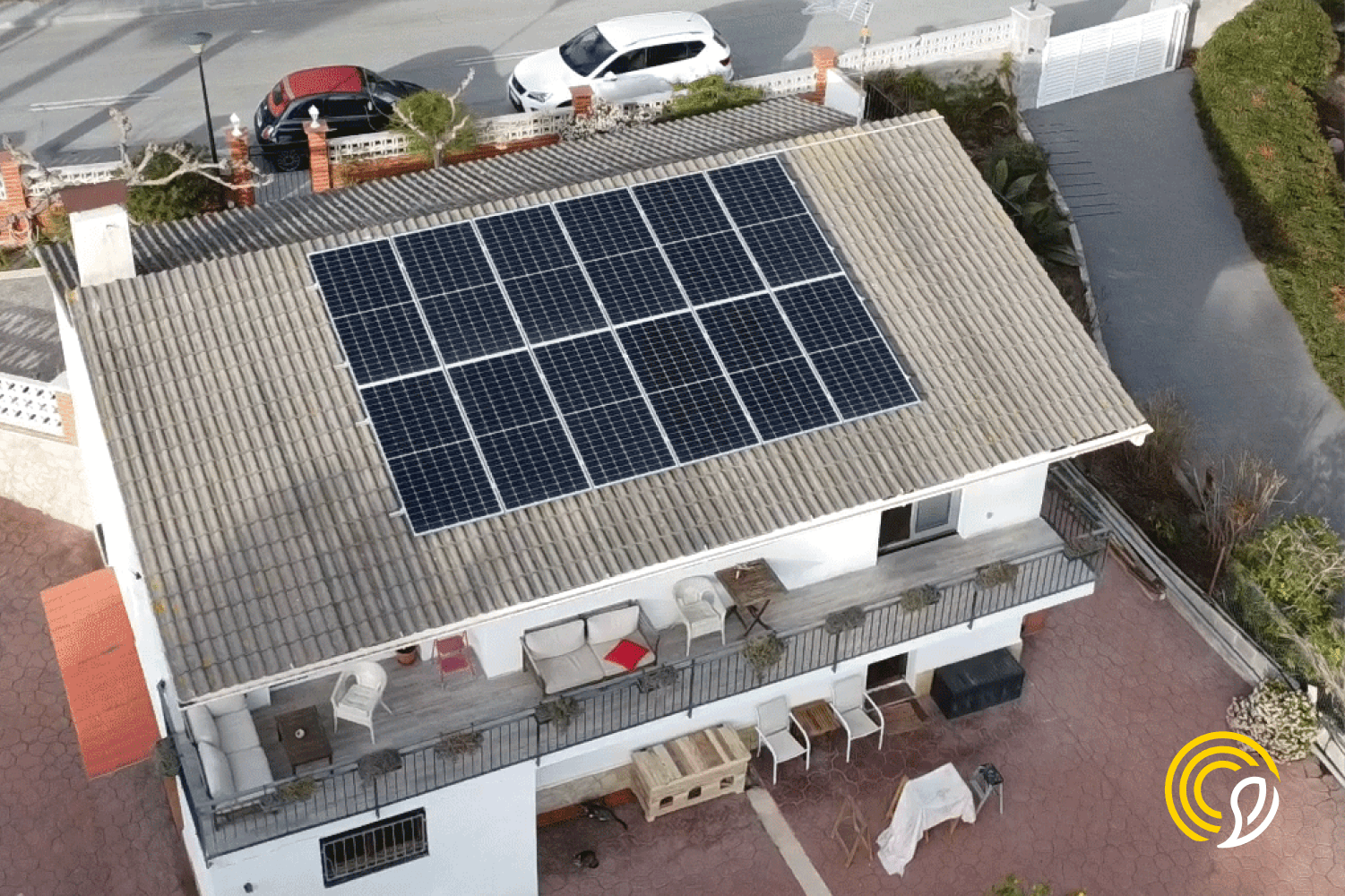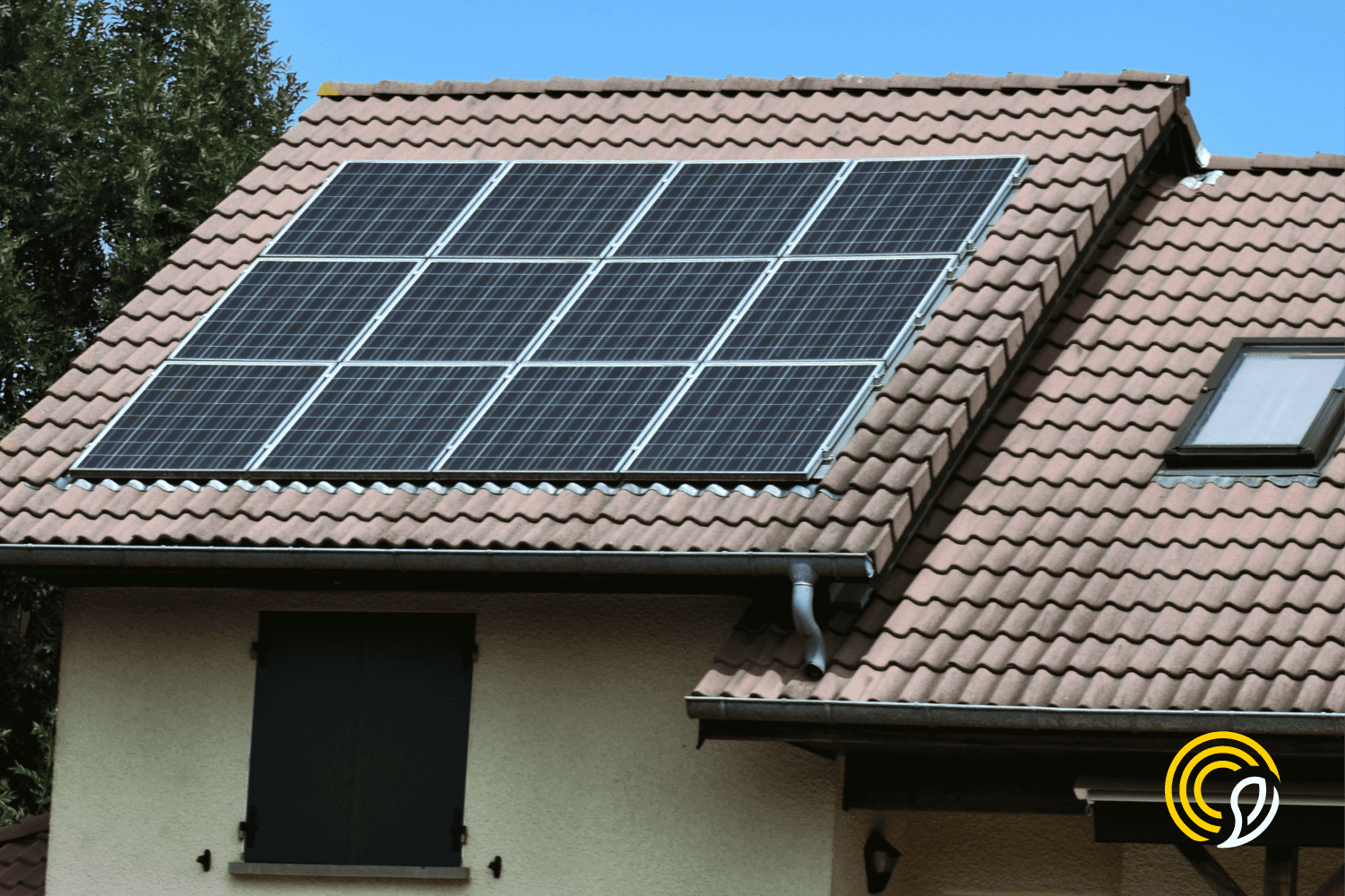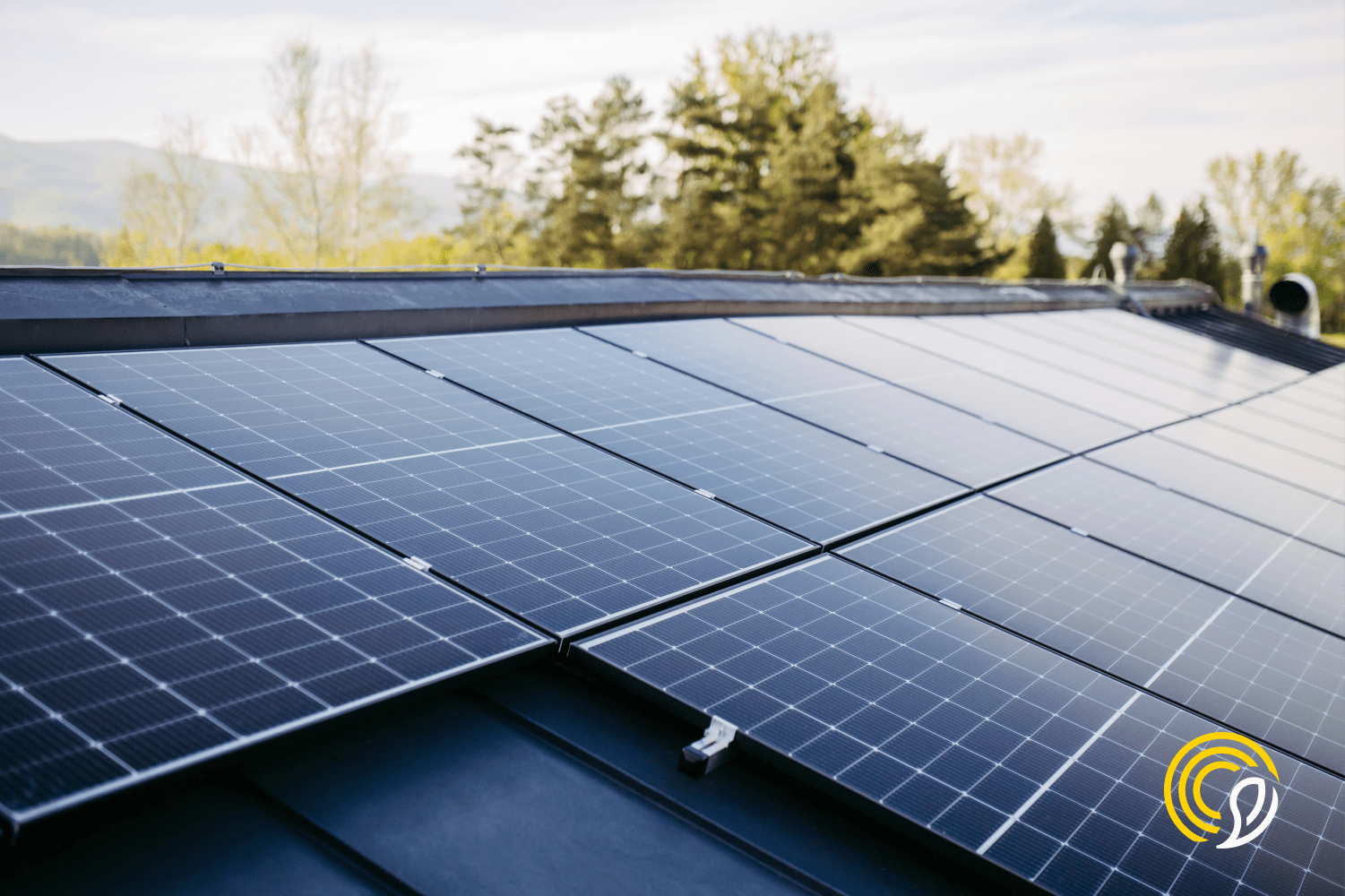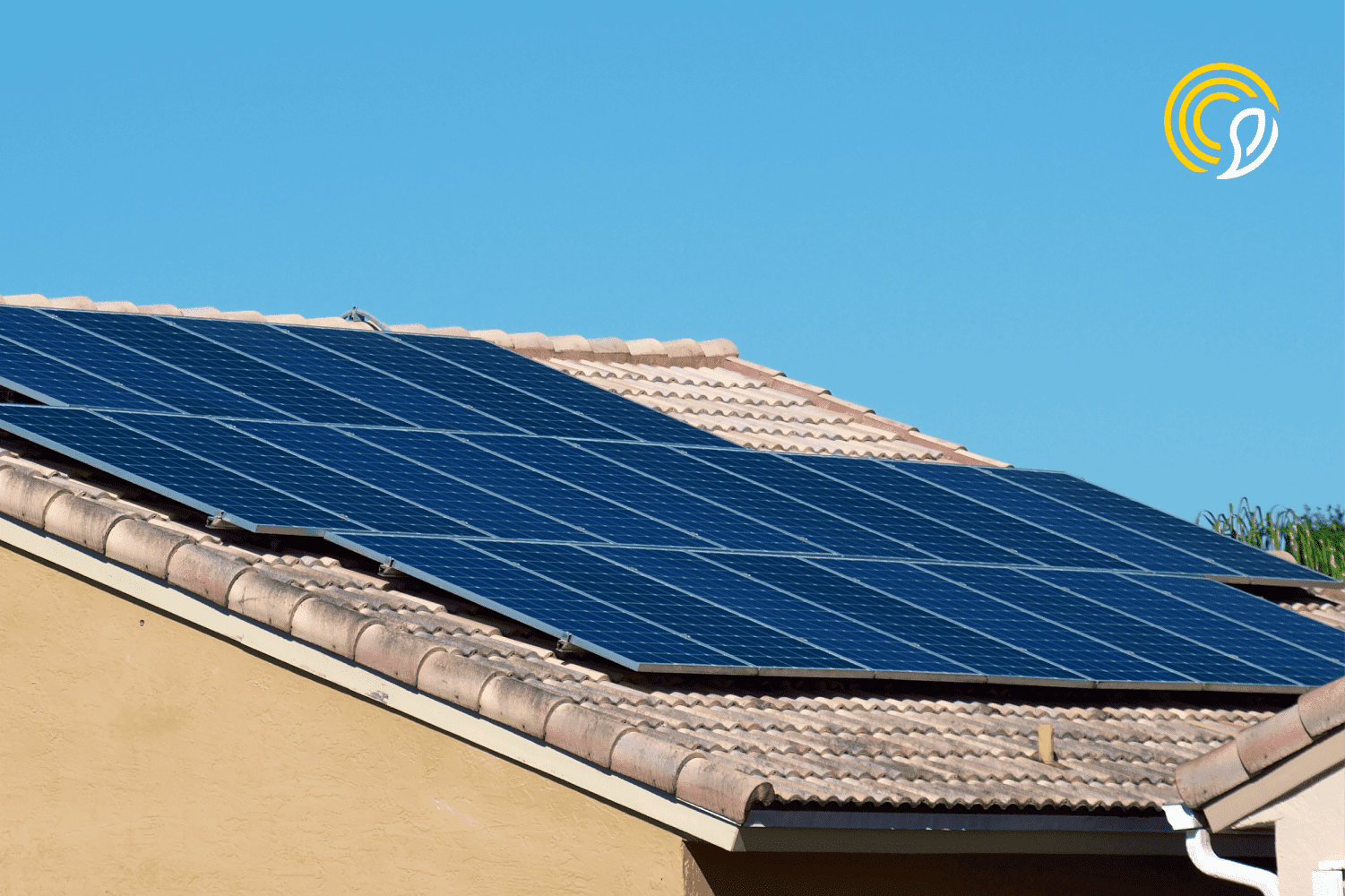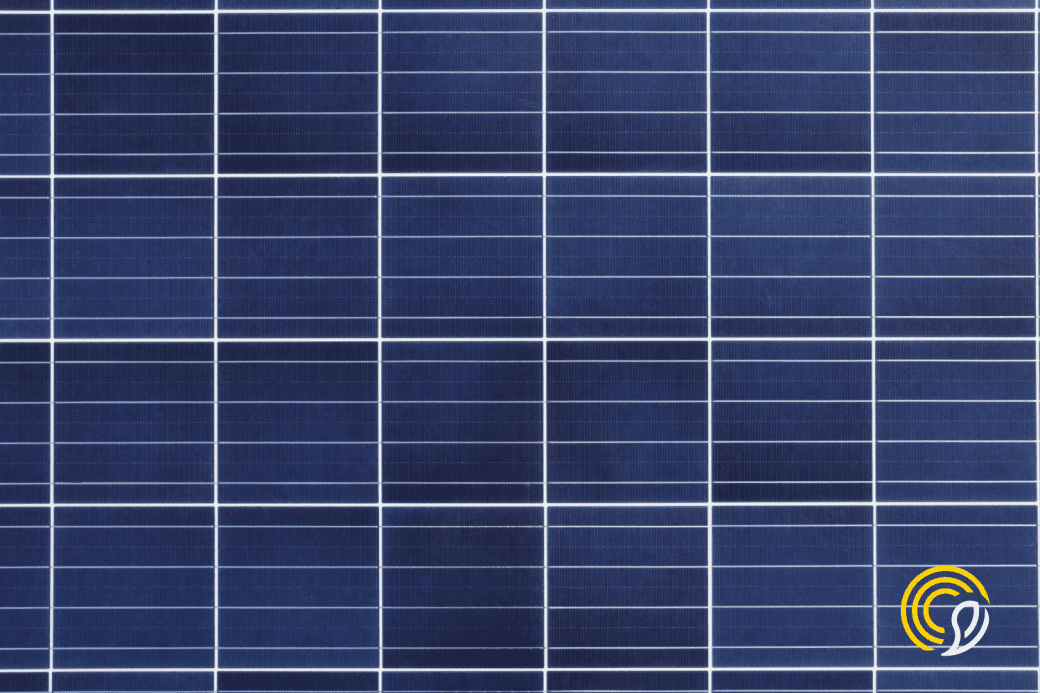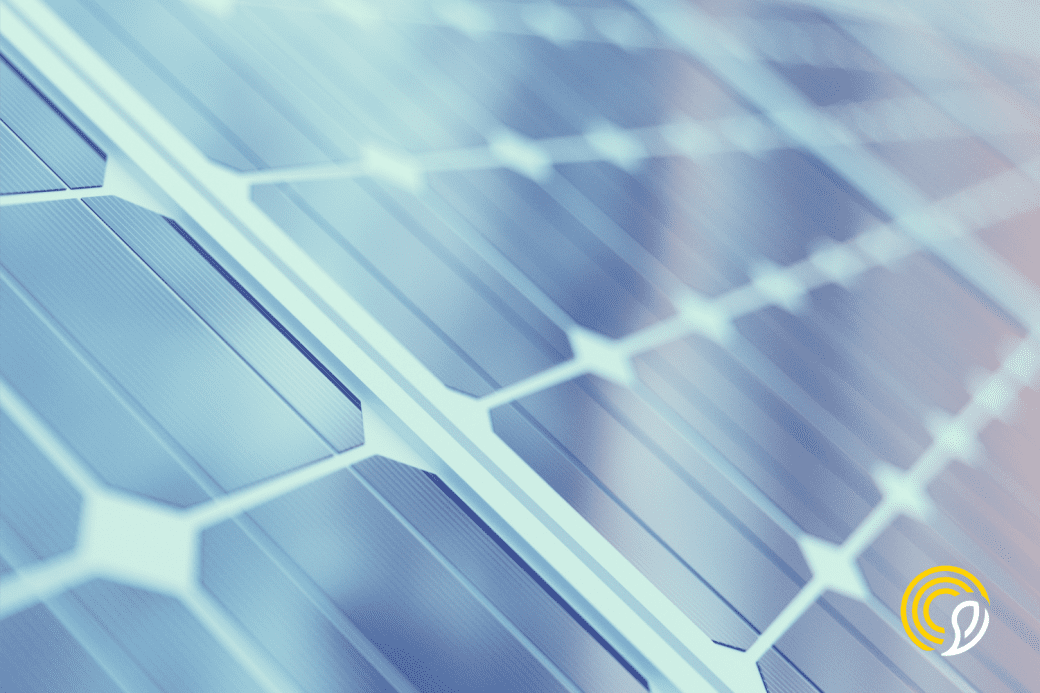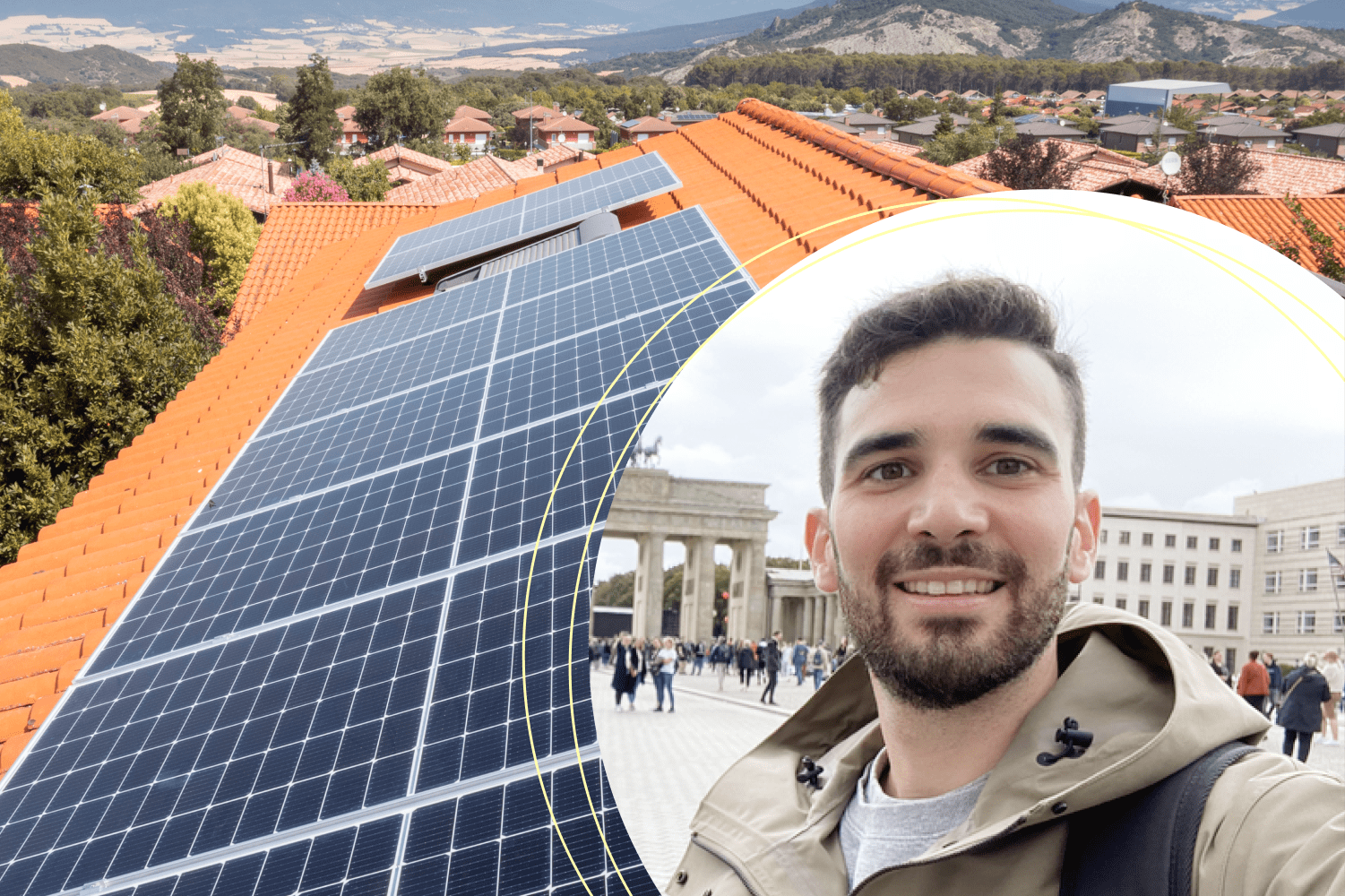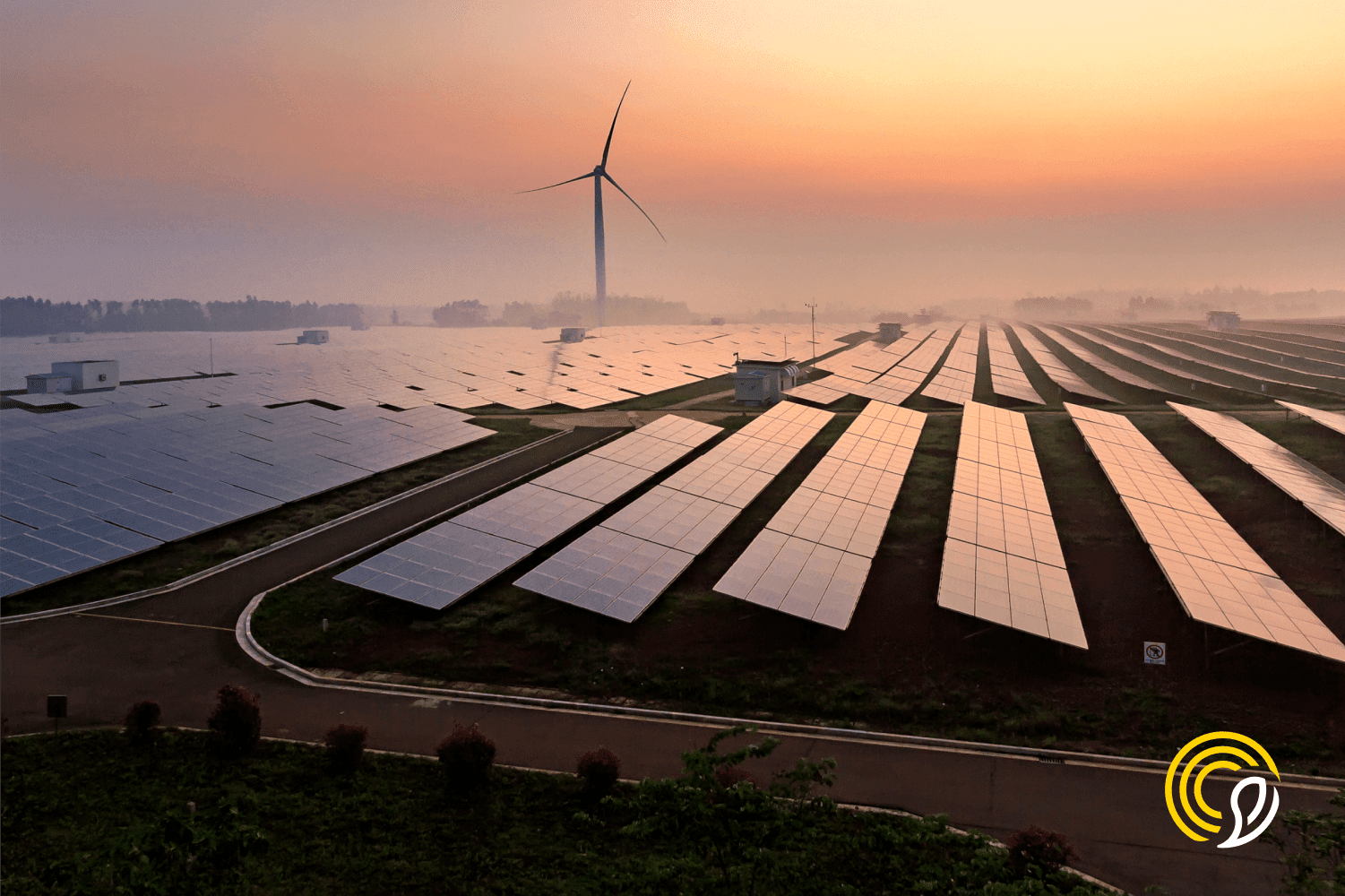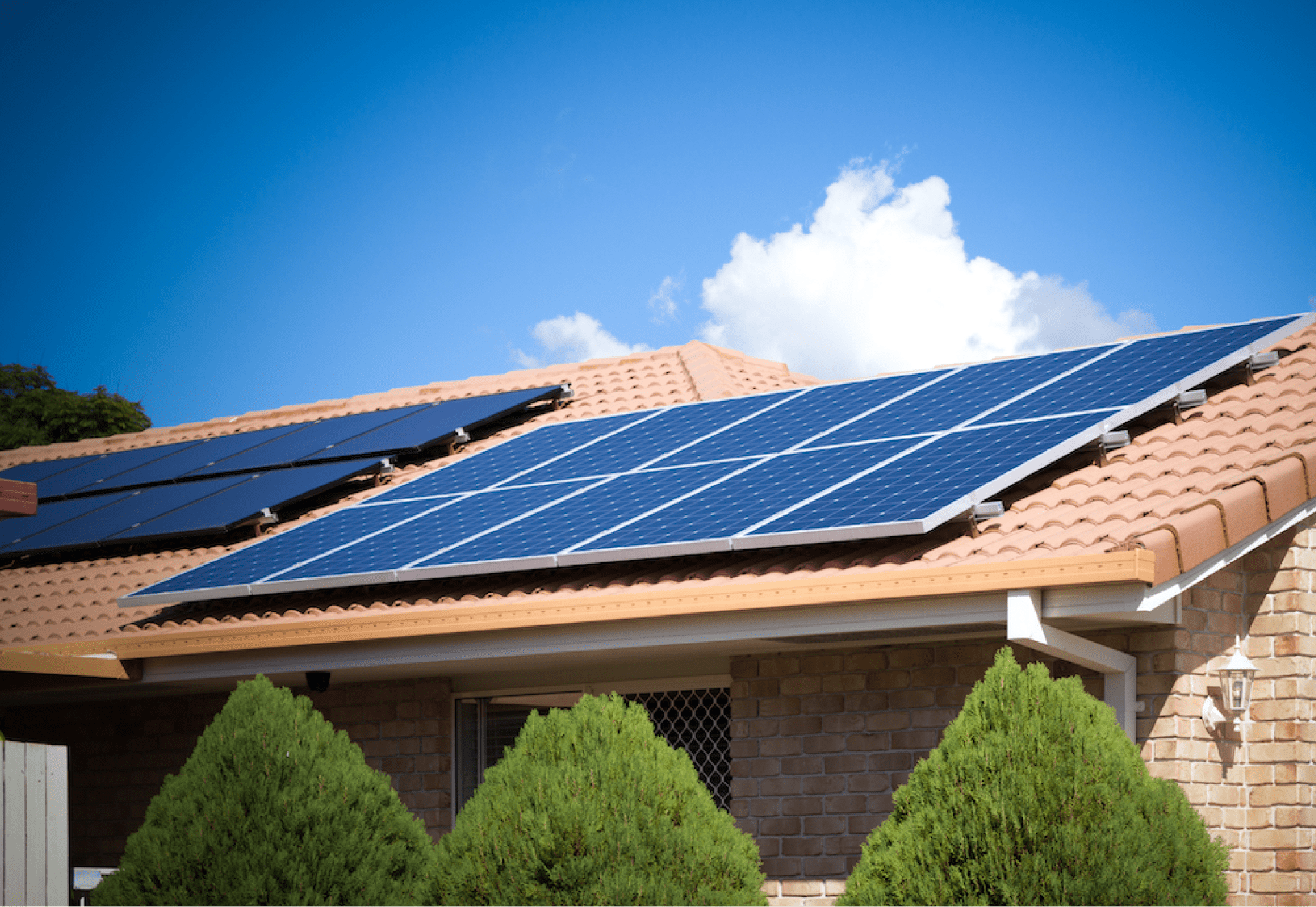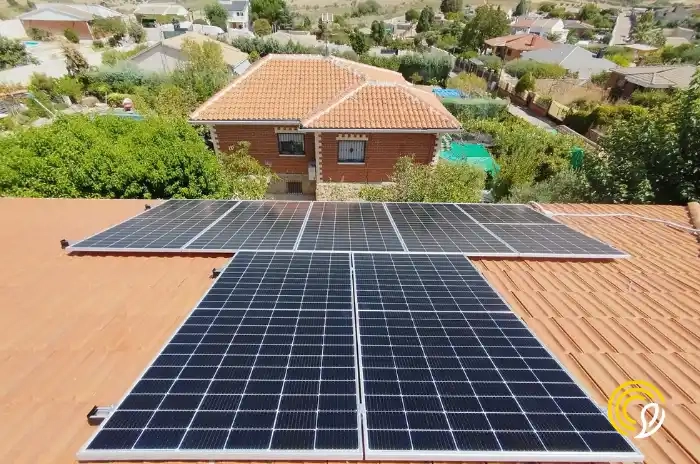
How can you expand your photovoltaic system?

Claudia Pardo, Content Specialist at Sunhero and a firm believer that solar energy can transform the world.
09/12/2024
3 min read
Table of Contents
Solar energy is not only a sustainable way to reduce your electricity bill but also an investment that grows with you and your needs.
In this article, we explain everything you need to know to expand your photovoltaic system or plan the installation of solar panels at home. Discover how to prepare for future changes and why thinking long-term is essential to maximizing your energy independence.
Expanding an existing photovoltaic system
If you already have solar panels at home and your energy needs have changed, it’s possible to adapt your system to meet the new demand. Here are the main options for upgrading your system based on your current consumption:
1. Add more solar panels: If your energy consumption has increased, you can install additional solar panels to boost energy production. However, before proceeding with this expansion, it’s essential to check whether your inverter can handle the extra capacity or if it needs to be replaced with a more powerful one. You’ll also need to assess whether your roof has enough available space and if the structure can support the additional weight.
2. Install a battery: One of the best ways to increase your home’s energy independence is by adding a battery to your system. Batteries allow you to store excess energy produced during the day and use it at night or on cloudy days.
3. Optimize the existing system: If your installation is a few years old, you might consider upgrading some components. Modern power optimizers and inverters can improve the performance of your panels, especially in cases of partial shading or areas with suboptimal orientation.
Key considerations before expanding your photovoltaic system
Expanding your solar installation is an excellent way to adapt it to new energy needs. To ensure the process is efficient and cost-effective, it’s essential to evaluate several key aspects before making any changes:
- Technological Compatibility: Before adding new components, ensure they are compatible with the existing elements, such as inverters and panels. Technology evolves rapidly, so making sure all components work harmoniously is crucial for optimal performance.
- Current System Condition: Assess the overall condition of your installation, from the panels to the inverter and wiring. If your system is several years old, you may need to upgrade certain components to maintain efficiency and accommodate expansion.
- Inverter Capacity: The inverter is a critical element in any expansion. Ensure it can handle the additional load from new panels or consider replacing it with a more powerful one that allows for future expansions.
- Available Roof Space: Check if there’s enough space to add more panels and ensure the roof structure can support the additional weight. It’s also important to consider the orientation and potential shading to maximize energy production.
- Subsidies and Available Incentives: Research grants or incentives available in your region for solar system expansions. Taking advantage of these opportunities can significantly reduce costs.
Plan your photovoltaic system for the future
A photovoltaic system is an investment that can last 25 years or more. Planning with the future in mind is key to maximizing its profitability. Anticipating changes in energy consumption, such as the adoption of new appliances or electric vehicles, ensures your installation remains efficient and functional over time.
For those in the process of installing their first solar system, planning for potential future expansions is essential to save time and money.
Here are the 4 key points to design a system that is flexible, efficient, and ready for future changes:
1. Size your system with growth in mind: Analyze not only your current needs but also potential future changes, such as acquiring an electric vehicle, installing a climate control system like aerothermal heating, or even expanding your home. Proper planning from the outset will make your system more adaptable and cost-effective in the long run.
2. Choose a compatible and oversized inverter: Investing in an inverter with additional capacity to support future panels or batteries is a strategic decision. While it may increase initial costs slightly, it prevents the need to replace the inverter later, resulting in significant savings over time.
3.Prepare for a battery installation: Even if you don’t install a battery initially, design your system to allow for easy integration in the future. This includes selecting a battery-compatible inverter, as we recommend at Sunhero.
4.Include an electric vehicle charger: With the rise of electric mobility, installing an EV charger from the start or planning for its future integration is an excellent way to maximize your system’s potential and meet this new energy demand.
How we work at Sunhero
At Sunhero, we design solar installations not only tailored to your current needs but also with your future plans in mind. We offer systems ready for expansion, install battery-compatible inverters and EV chargers, and even upgrade systems we have previously installed.
Our team is here to support you at every step of your transition to solar energy, ensuring your system is as flexible as your needs require.
Are you ready to take the next step or need help planning your system? Contact us and discover how Sunhero can help you build a more sustainable and efficient future.
Start today!
Fill out our free solar calculator and get a custom quotation
